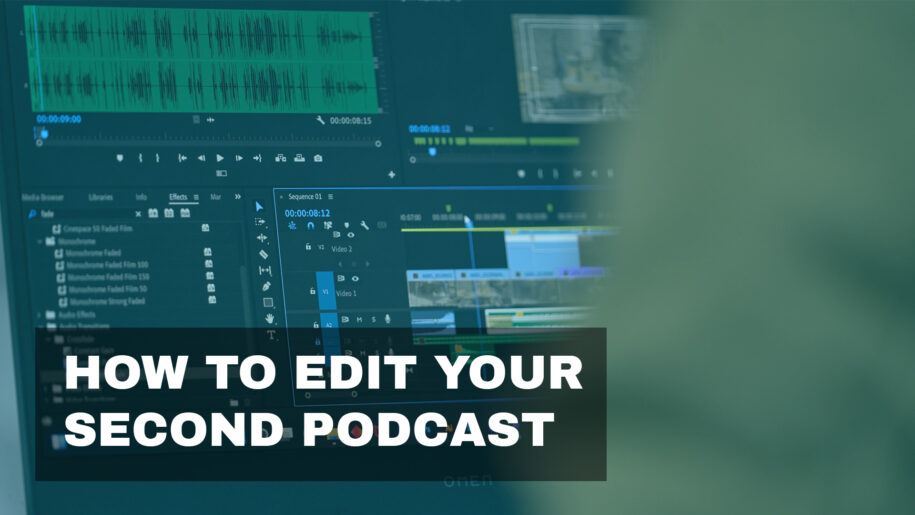Editing your podcast is where the magic happens—it’s where you turn raw audio into a polished, professional product. As you approach editing your second podcast episode, it’s the perfect time to refine your skills and streamline your process. Here are practical tips on how to effectively edit your second podcast for better sound quality and listener engagement.
1. Organize Your Audio Files
Start by organizing your raw audio files. Make sure each file is clearly labeled with the date, episode number, and a brief description of the contents. This will make it easier to find and arrange the segments you need.
2. Choose the Right Editing Software
If you haven’t already settled on an editing software, now is the time to choose one that fits your needs and skill level. Some popular options include:
- Audacity: A free, open-source software that’s great for beginners.
- Adobe Audition: Offers advanced features suitable for more detailed editing.
- GarageBand: A user-friendly option for Mac users, ideal for straightforward editing tasks.
Consider factors such as cost, features, and the software’s learning curve when making your choice.
3. Create a Template
To speed up your editing process, create a template in your editing software that includes your standard intro, outro, and any recurring music or sound effects. This saves you from having to add these elements anew for each episode.
4. Edit for Clarity
Begin by removing any obvious mistakes, long pauses, and background noises. Trim content that doesn’t add value to the discussion or narrative. Tools like noise reduction and silence truncators can help clean up the audio.
5. Enhance Audio Quality
Adjust the levels of your audio tracks to ensure that all voices are equally audible and that there’s no distortion. You can also use equalization to improve voice clarity and make your podcast sound more professional. If different segments of the podcast were recorded under varying conditions, use these tools to create a consistent sound environment across the episode.
6. Add Music and Sound Effects
Music and sound effects can enhance the mood and engagement of your podcast. Use them sparingly to introduce new sections, emphasize points, or create a branded sound. Ensure you have the right to use any music or sound effects you incorporate—look for royalty-free options or purchase licenses if needed.
7. Consider Your Pacing
Good pacing keeps your audience engaged. It’s not just about cutting out silences; it’s also about the rhythm and flow of your episode. Listen to your edit through the ears of a listener and adjust the pacing to maintain interest—this might mean tightening up a slow interview or adding pauses to let important points sink in.
8. Integrate Listener Feedback
If you received specific feedback from your first episode that relates to content clarity or presentation, address these points in your editing. Perhaps your listeners found certain segments too long or felt rushed. Use this feedback to guide your editing decisions.
9. Use Markers for Easy Navigation
As you edit, use markers in your software to note important points, edits you need to revisit, or sections that might need additional audio. This will help you navigate the project file easily, especially during final reviews or when making changes based on feedback.
10. Final Listen and Quality Check
Before you render your final file, listen to the entire episode with fresh ears—preferably after a break or even the next day. This can help you catch errors or inconsistencies you might have missed. Check for volume consistency, clear enunciation, and the smoothness of transitions.
11. Keep Learning and Adapting
With each episode, aim to learn something new about editing. Experiment with different techniques, watch tutorials, or even consider feedback from other podcasters. Every bit of knowledge will help improve your editing and make your podcast more engaging.
Editing is a crucial step in the podcast production process, often transforming good content into great content. By following these tips and continually refining your editing skills, you’ll ensure that your second podcast episode is a clear step forward in your podcasting journey.


